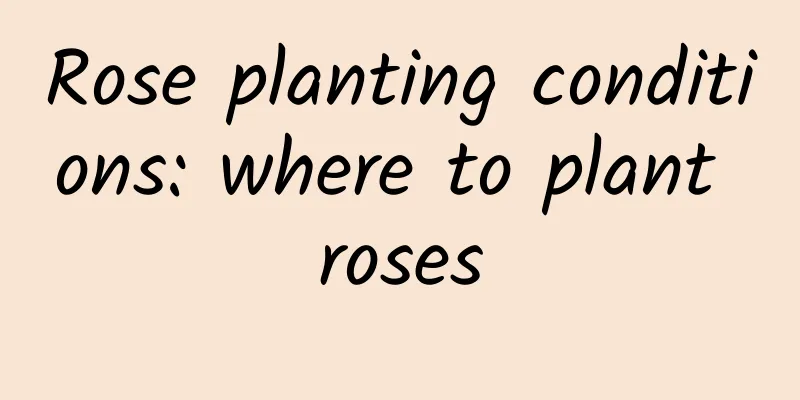What to do if the stem of Kalanchoe is too long (the reason why the flower stem grows too high and no leaves grow)

The reason why the stem of Kalanchoe is too longKalanchoe has won the love of many flower lovers for its compact plant shape, dense flowers and long flowering period, and the plant shape has a great influence on its ornamental value. Many flower lovers' Kalanchoe flowers grow short, but when the buds are forming, the pedicels will grow very tall. When blooming, the weight of the flowers themselves will press the pedicels to the left and right, affecting the appreciation. In addition, when the flower stalk of Kalanchoe is too long, the flower buds are small and weak, resulting in small flowers and small flowering. In fact, the flower stalk of Kalanchoe is too long, which is a manifestation of leggy growth. Generally, the reason why Kalanchoe has only branches but no leaves may be due to improper maintenance or disease . In addition, if the stems of Kalanchoe grow very tall but no leaves grow underneath, it may need sunlight . Insufficient light will cause the branches of Kalanchoe to grow too tall, and the leaves will be thin and fine. What should I do if the stem of Kalanchoe is too long?Get more sunAfter the Kalanchoe has flower buds, it needs more sunlight. Ensure at least six hours of direct sunlight every day to allow the flower buds to expand quickly. When blooming, the flowers will be large and colorful, and the flower buds will not dry up easily. Of course, it can also curb the excessive growth of the flower stalks. When blooming, the flowers will be clustered together, creating a colorful effect. If the Kalanchoe flower buds are not exposed to enough light, the pedicels will become longer and the buds will become thinner. Some buds may even wither and fall off early due to insufficient photosynthesis. After flowering, the flowers will be small and pale in color, and the flowering period will be shortened accordingly. Water lessThe excessive growth of the stalk of Kalanchoe is mostly caused by high temperature and sufficient water. The cells divide quickly, and the stalks change every day. Although Kalanchoe requires more water than usual during the process of nurturing flower buds, you can't water it as you want. You still have to water it when it's dry and wet. Just water the soil a little less each time. For example, water when the soil is 80% to 90% dry before. After the flower buds appear, water when the soil is 70% to 80% dry, just keep it slightly moist. When the flower stalk of Kalanchoe grows too tall, timely water control can stop it from growing any further. If watering is not controlled, not only will the flower stalk grow too tall , but the flower buds will also dry out due to too much water, and there is also the risk of root rot. Night lightingWhen you find that the branches of the Kalanchoe are growing too long, in addition to increasing the light during the day, do not place it in a completely dark place at night. You can turn on a small night light to effectively prevent it from growing too long and make the flowers more compact when blooming. Turning on a night light can also help promote flowering. For example, if your Kalanchoe has been in bud for a long time but just doesn't bloom, you can use an incandescent lamp to supplement the light at night, which is also useful. This is because when there is no light, plants are respiring. Respiration is the process of converting various sugars, enzymes, etc. synthesized by photosynthesis into auxins for plant growth. Turning on the night light will inhibit the respiration, so it will not grow as fast. On the contrary, if the pedicel of Kalanchoe is too short, it will be helpful to keep it in a completely dark environment except for the time when it is exposed to the sun during the day. Most of the longevity flower stalks of flower lovers are caused by insufficient light, which needs to be paid attention to. Insufficient light will not only cause the flower stalks to grow too long, but also give the leaves of the longevity flower a growth advantage. As a result, they will take away too much nutrients, grow thick and green, and the flower buds will become thinner and smaller, and fewer and fewer. |
Recommend
The propagation method of Dendrobium officinale
1. Division method Generally, we choose some plan...
Cultivation methods and precautions of iron-clad gold bonsai
The Iron-clad Gold bonsai is relatively easy to g...
What flowers are suitable for growing in Liaocheng? What are the city flowers and trees?
1. Climate characteristics of Liaocheng Liaocheng...
What colors are roses
Red Rose Basically, red roses are the most common...
Rose disease and insect pest control
powdery mildew Powdery mildew mostly occurs on yo...
Diseases and prevention methods of tuberose
Diseases of tuberose: powdery mildew symptom Powd...
How many years does it take for dragon fruit to bear fruit?
Introduction to Pitaya Planting Dragon fruit is a...
How to prune Anthurium
1. Is this plant tolerant to pruning? First of al...
DIY│Teach you how to play with succulent murals
Step 1 Keep 1-2 inches of the succulent plant ste...
What are the functions of pomegranate flowers?
Home Decoration Pomegranate flowers have graceful...
How to prune jade trees to make them look good
After pruning the jade plant, you should water it...
What flowers are suitable for growing in Daqing
1. Daqing's climate characteristics Daqing is...
How to grow the small human sacrifice pot and what are the precautions
How to grow the Little Man Festival pot The littl...
Geranium pests and diseases and their control methods
Geranium Diseases: Bacterial Leaf Spot disease In...
The language and legend of peach blossoms
The Flower Language of Peach Blossom The flower l...









